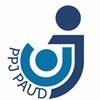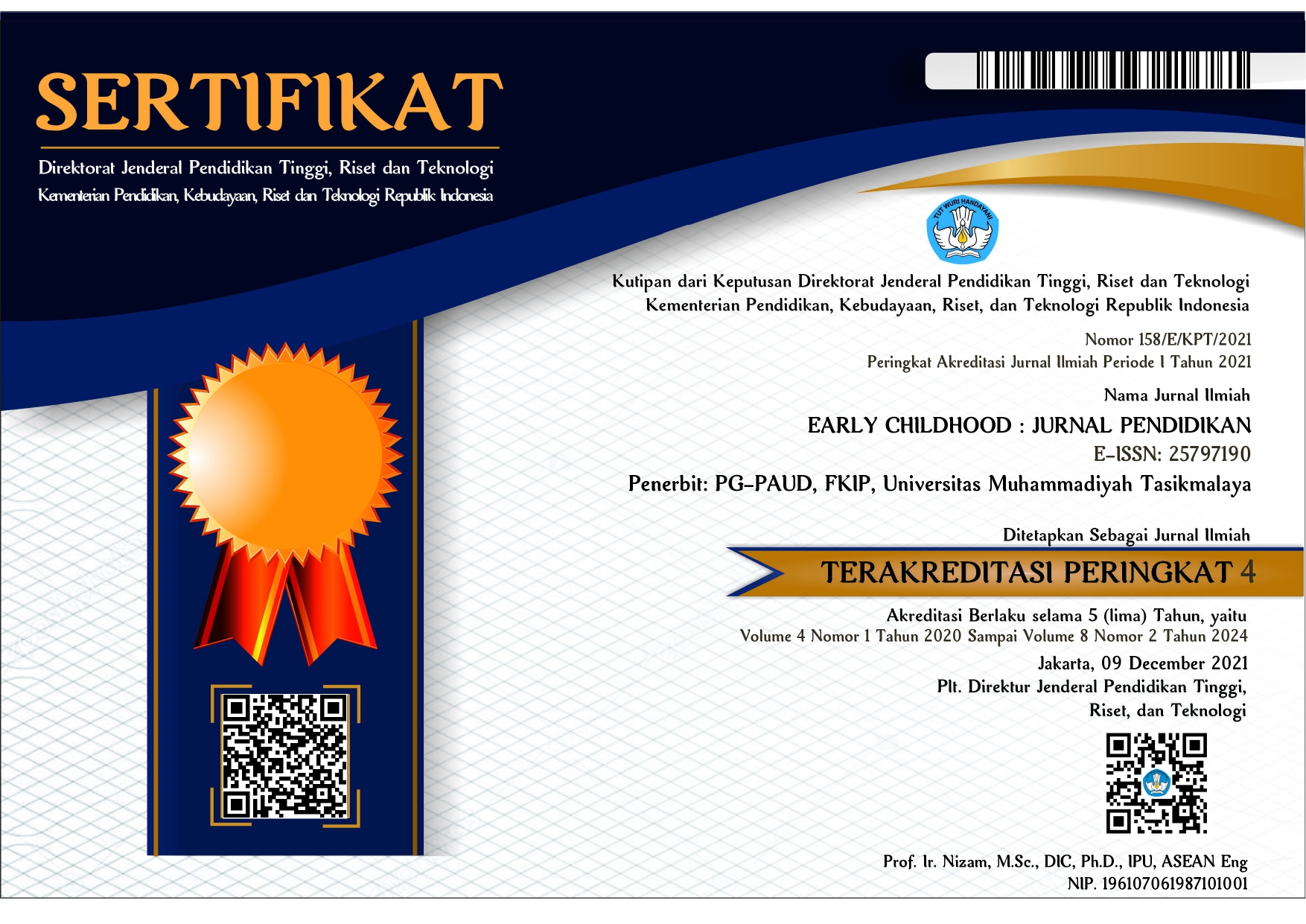Efektivitas Media Kotak Sortasi untuk Meningkatkan Kemampuan Mengenal Huruf Vokal pada Anak Usia 4-5 Tahun
Abstrak
This research is motivated by learning activities for children's vowels that are less attractive, so it is difficult for children to follow the learning process. This study aims to determine the effect of sorting box media to introduce vowels to children aged 4-5 years. This study uses a quasi-experimental design experimental method in the form of a Quasi Experimental Design with Non Equivalent Control Group Design type. The research sample of early childhood was 18 children, then divied into two groups which became the experimental group and the control group. The initial activity was a pretest, after which the experimental group was given treatment 4 times, while the control group did not receive any treatment. After receiving treatment, both groups were tested in the post test. The difference between the initial pretest score and the final post-test score of the experimental group with five developmental achievements from a total score of 80 to 152, while for the total score of the control group from five developmental achievements from 85 to 132. Based on the calculation of the ability to recognize vowels using Mann Whitney, it is known that the Asymp.Sig (2-tailed) value is 0.000 <0.05. So it can be concluded that the hypothesis is accepted. Therefore, it can be said that there are differences in the learning outcomes of the experimental group and the control group. Because there is a significant difference, it can be concluded that the sorting box media is effective in increasing the ability to recognize children's vowels in RA Al-Ikhwan.
Unduhan

Unduhan
Diterbitkan
Terbitan
Bagian
Lisensi
Copyright Notice
Early Childhood Journal is an Open Access Journal. The authors who publish the manuscript in this journal agree to the following terms:
This work is licensed under a Creative Commons Attribution-NonCommercial-ShareAlike 4.0 International License.
Privacy Statement

The names and email addresses entered in this journal site will be used exclusively for the stated purposes of this journal and will not be made available for any other purpose or to any other party. Early Childhood allows the author(s) to hold the copyright and to retain publishing rights without restrictions.




